 |
G0MWT, GX0MWT, GB5HF, GB100MWT & GB100MZX
CARS Meetings: Jan - March 2021 |
 |
G0MWT, GX0MWT, GB5HF, GB100MWT & GB100MZX
CARS Meetings: Jan - March 2021 |
©Copyright CARS
January Meeting
Tuesday 5th Jan 2021, 7:30pm
Online by Zoom"Data Networks and IoT"
Phil Pearson G0UIB
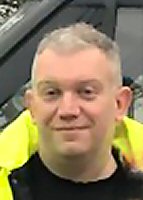
For our first talk of the New Year, we welcomed back Phil Pearson G0UIB who is an expert on 'Data Networks using Internet of Things (IoT) Devices'. This is all about using cheap devices designed to work with low power sensors etc.
For small automated devices, VHF/UHF voice is neither suitable or an efficient method for efficient message transfer, especially if there are multiple relays or/and repeaters.
Traditional repeaters and networking systems all have costs which limit availability, given that they also require careful locating and planning. A simple low cost approach based on a simple need of 140 character text messages and maximised battery life is still really useful for many applciations without the need for realtime megabit Wi-Fi.
The Internet of Things (IoT) is the idea that devices will be linked to the internet to transfer data automatically. Many of these are in this lower data rate and low power category. Typical frequencies used include 433 and 868 MHz, lower than Wi-Fi, so they can more easily penetrate building walls.
One of the emerging standards for this is LoRa which is also being adapted for some amateur radio because as it has a rather attractive characteristic of being Long Range over many kilometres despite it being lower power UHF. It uses a cleaver designed chirp waveform to spread the signal on transmission, with a FFT on receive to achieve processing gain and eliminate much of the noise.
LoRA: 40km is eminently achievable with milliwatts - longer range with far lower power than Marconi's CW testImagine something you leave in a field and it tells you the soil moisture once a day, so you want it to work on very low power batteries/solar. To make a digital network which can connect several nodes together, the sensor nodes send data over multiple hops from one end to the other, all cheap to build and low power. As you cannot always rely on line line of sight, an adhoc network that relays the message via the best avilable route is needed to make it thru instead.
Phil's work has been to enhance adhoc mesh networking tracking, merging with GPS info etc for pure radio mesh (without being dependent on the Internet, as used by LoRAWAN).
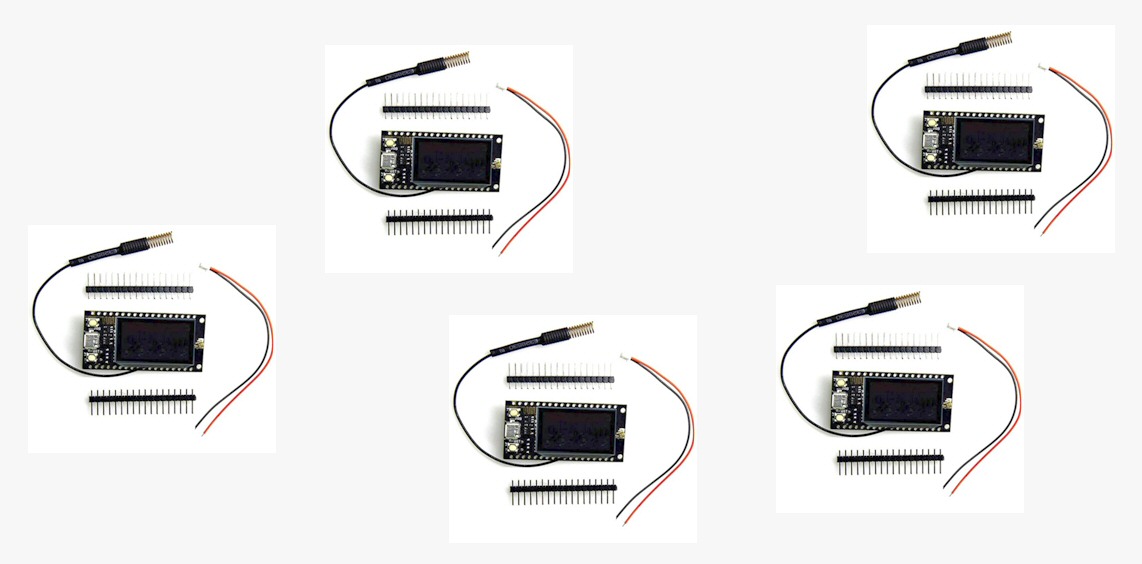
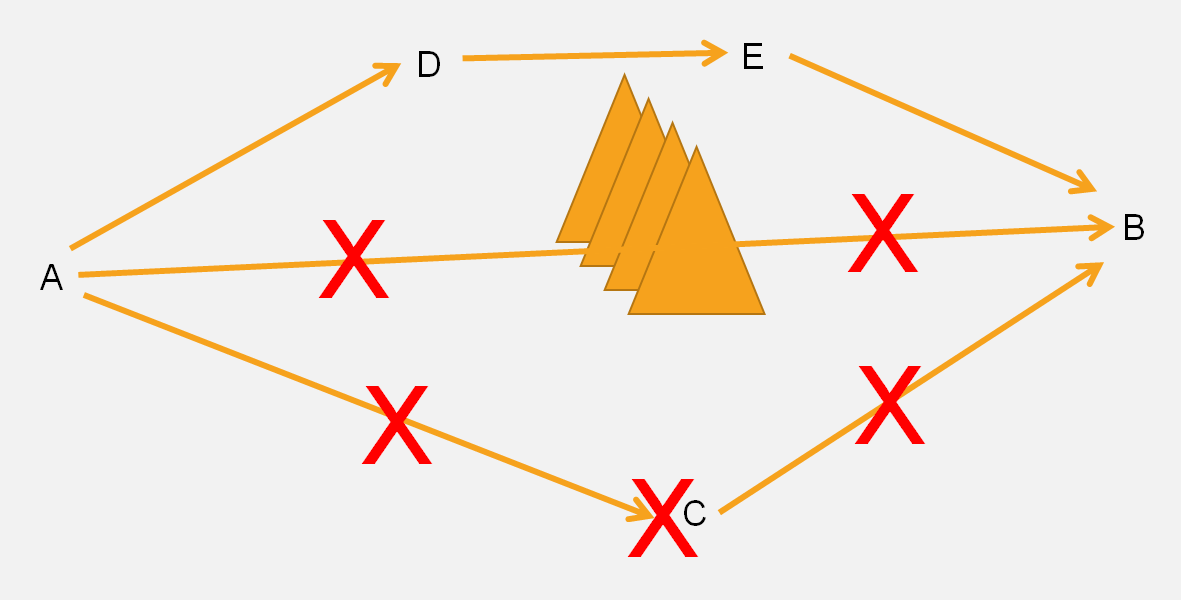
433 MHz LoRa Modules - and how they can be set up auto-mesh to route around an obstacleOur thanks to Phil G0UIB for an insight into the latest we can dabble with.
A young Phil as Novice 2E1AOJ (middle of back row), from RadCom August-1992Further reading:-
Wiki - en.wikipedia.org/wiki/LoRa LoRA - lora-alliance.org
February Meeting
Tue 2-Feb-2021, 7.30pm
Online by Zoom"Forewarned is Forearmed"
By Nigel Newman M0ICH

Nigel Newman M0ICH treated us to a fascinating talk on the post-war activities of the Royal Observer Corps (ROC). The title of the talk ‘Forewarned is Forearmed’…. is the motto of the ROC
Up until the 1980’s the ROC underground bunkers were the only means of coordinating the response to a nuclear attack. Essex CW member and former ROC volunteer (c1976) Nigel M0ICH, gave an online presentation to CARS describing the equipment used and the role of the radio in the event of an apocalypse.
Following the more well-known role of the ROC assisting warnings for air defence in in WW2, they were reorganised to become a key cold war resource in the event of a nuclear attack. etween 1956 and 1965, the UK government ordered the construction of hundreds of monitoring posts at a distance of about 15 miles apart. Thirty larger HQ and control centres were also built.
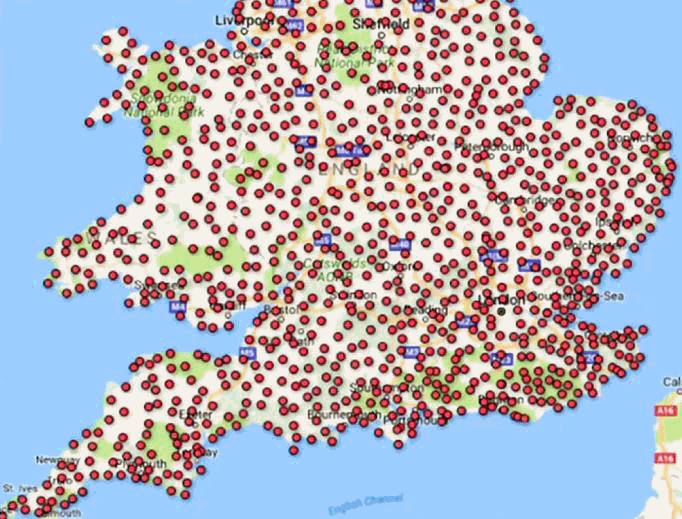
An extensive network – each with instruments that could record bearings of ground zero flashesOnly a handful survive today in good condition. The smaller observation posts would have their data collated together and fed to places such as the Secret Nuclear Bunker at Kelvedon Hatch which would house regional government headquarters where plots would be made and fallout forecast/calculated.
The network of ROC posts was tasked to identify and measure explosion types, ranges and warnings needed to be assessed. For example one issue was to distinguish between:-
Key questions were dealt with by a modest number of Instruments
- Airburst (as in Hiroshima) - detonated at height creates wider area destruction, but leave the target site easier to access afterwards
- Groundburst - detonates on the ground, create extra fallout by throwing up earth etc
The 1960s network was replaced initially by more modern kit in the 1970s. However nowadays a lot has gone, sirens decommissioned and emergency text messaging used instead. Our thanks to Nigel for a great talk and insight.
- Where was the bomb ? Ground Zero Indicator
- Air or Ground burst ? Ground Zero Indicator
- How big ? Bomb Power Indicator - by measuring the blast pressure
- Where is the radiation going? Fixed Survey Meter
- How to warn the public ? Siren and Maroons
- Communications: Carrier receiver, Teletalk or Radio
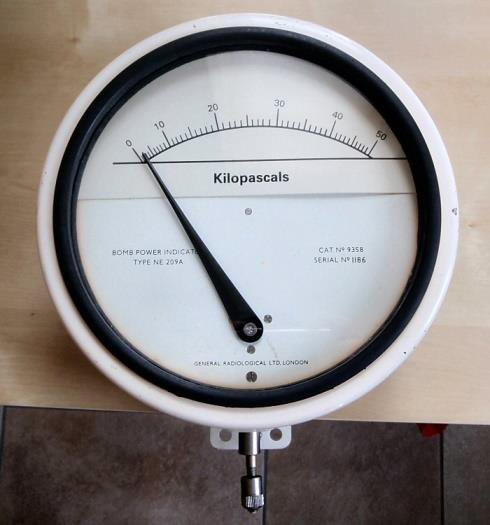
Meters for Size/Pressure (kilopascal) and Radiation (in Roentgens/hour)Further Info:-
- www.BeyondThePoint.co.uk
- www.TheTimeChamber.co.uk
- www.Subbrit.org.uk
- www.ROC-Heritage.co.uk
- Newark Air Museum near Hamfest site - www.newarkairmuseum.org
- BBC - www.bbc.co.uk/news/uk-scotland-highlands-islands-20070903
March Meeting
Tue 2-Mar-2021, 7.30pm
Online by Zoom"Behind the Scenes"
By John O’Connell M0JOC
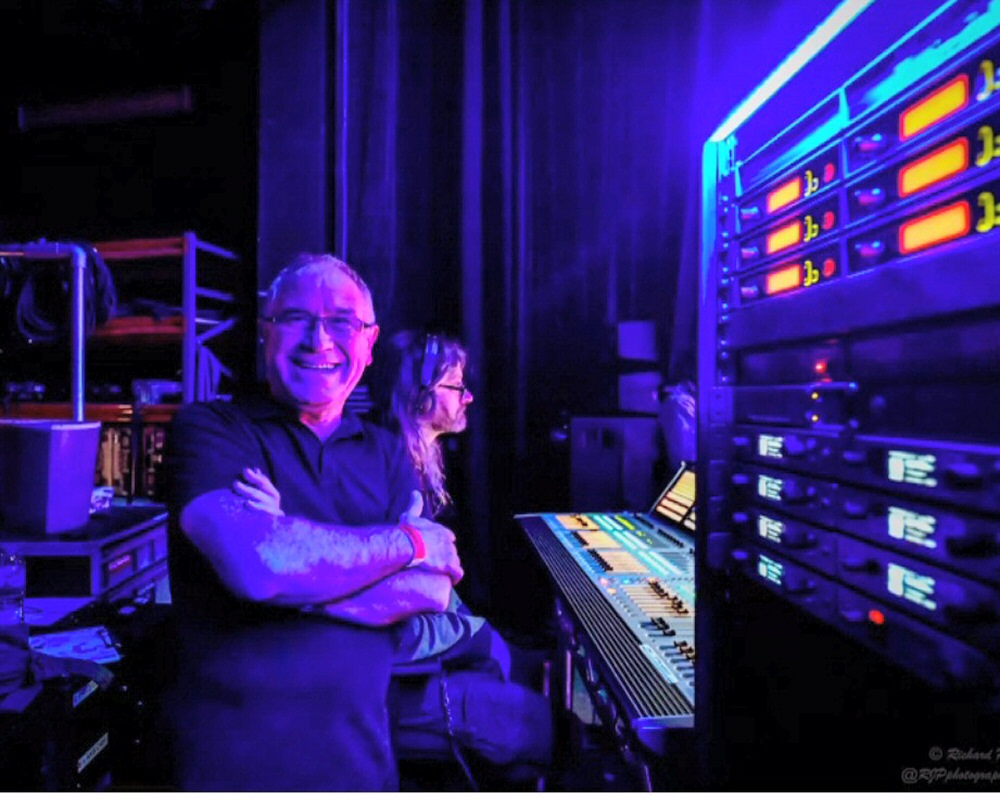
March was something different. Our Exam Secretary/Training coordinator John O'Connell M0JOC gave a talk about his role as Tour Manager for a professional 12-piece international touring band 'Incognito'
His experience covered event planning, onstage requirements including wireless connectivity and providing technical support for live performances.
It was clear a lot of forward planning was needed for any venue from technical issues, to travel arrangements.
Examples from John's time on tour covered a variety of venues including an open air concert in front of a submarine in Montenegro, an underground cave in Hungary, The Jazz cafe, O2 Arena, Ronnie Scott's, and The Albert Hall.
The technical complexity included multiple console/mixing setups for onstage in-ear monitors and the PA system for the audience users. At many commercial venues there can be all sorts of logistics issues (especially when multiple bands share a concert) and rules such as curfew hour limits (or risk a £5k fine)
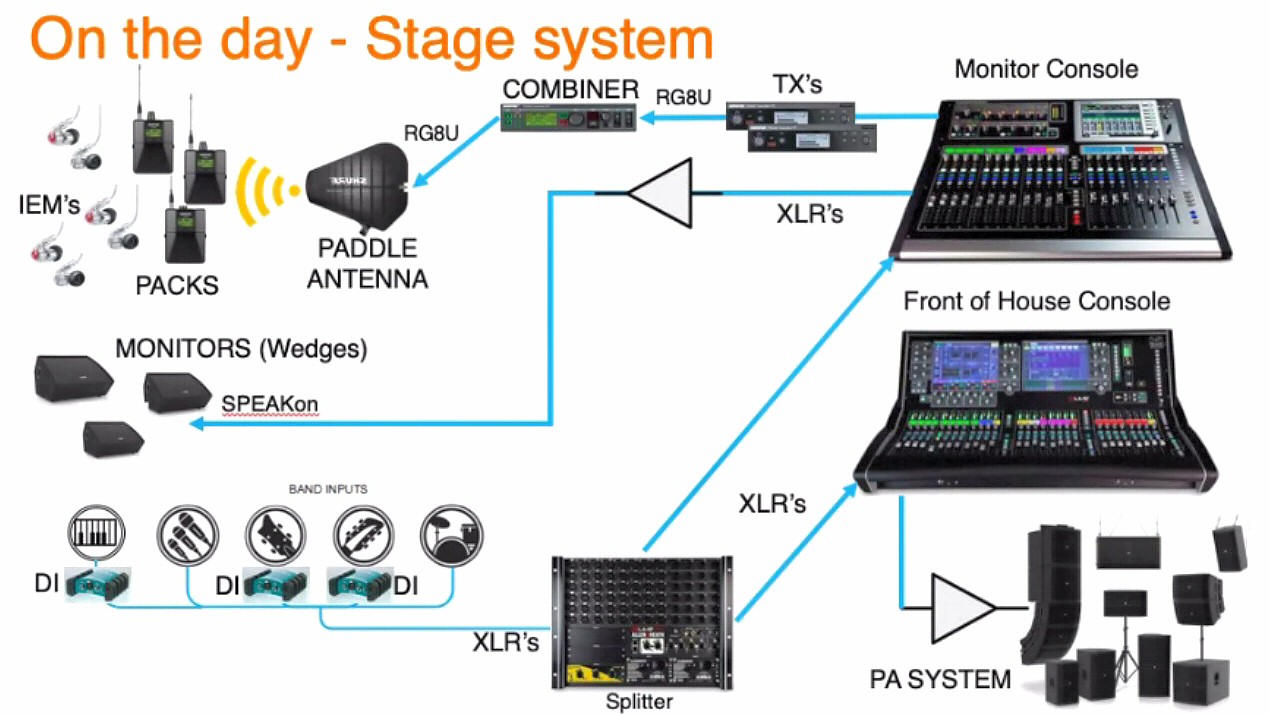
Complex systems - wired and wirelessThis made previous work associated with Shure and CARS wireless microphone rather simplistic by comparison! - Thanks John!
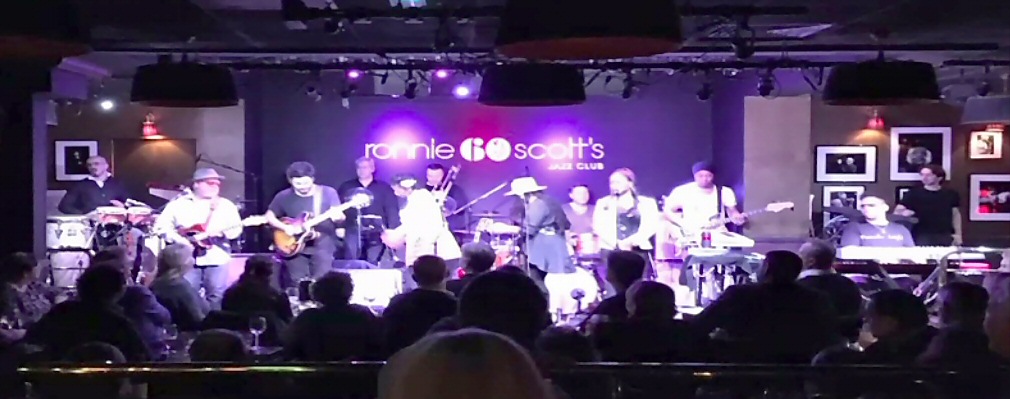
To RETURN to the Meetings Page - Click Here
To RETURN to the CARS Home Web Page - Click Here